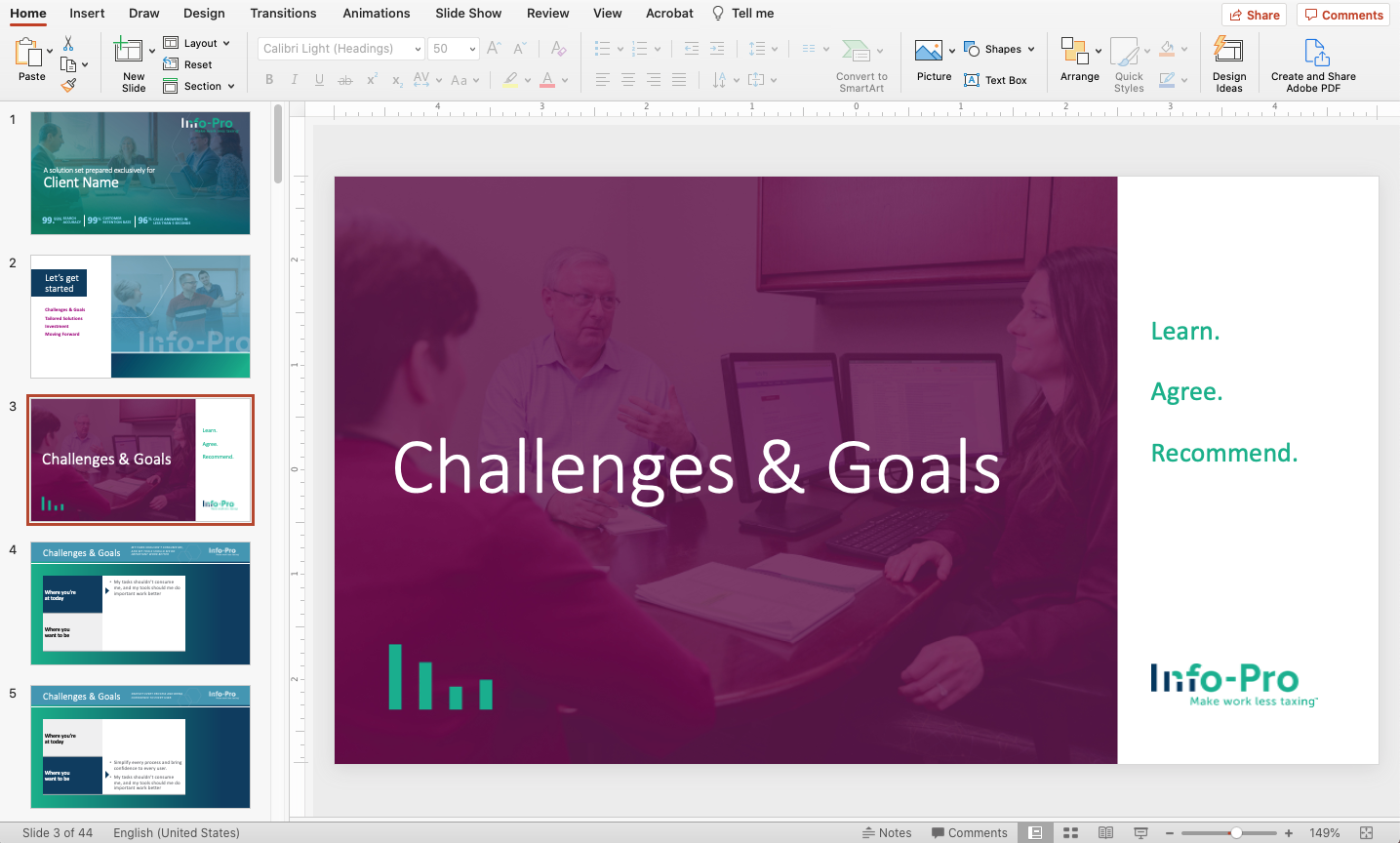10 Tips for Writing a Blog Post

June 10, 2019

Blogging can provide one of the best possible foundations for broader content marketing and inbound lead generation. The benefits of blogging include becoming more discoverable in SEO (434% more indexed pages to be exact), more sharable via social media, more nurturing of prospects at the consideration stage and allowing for more insights as your company gathers a wealth of data to better understand your prospects and customers.
Here are 10 tips for writing a blog post.
Target Keywords
Make sure your blog posts achieve their full search engine potential by doing keyword research on opportune keywords as you select a topic. By selecting topics that your audience is interested in, your post will attract more qualified traffic. After all, that’s the goal. If you need help brainstorming topics, here are 25 writing prompts.
Outline
Begin by jotting down the main points you want to cover, one concept at a time. Think of each of these points as the foundation for a paragraph that will inform and educate your personas. Think of these paragraphs as mini-topics and again, make sure they are concise and can be clearly explained in a sentence or two.
Just Start Writing
Staring at a blank screen or page and wondering how to begin has probably plagued every writer since Plato. Still, you have to start somewhere so, based on your main points, pick the one you feel most comfortable writing about and start writing. Be concise but cover everything you think is important regarding this aspect of your overall topic. You’ll be trimming away the excess later, but, for now, do a brain dump and get all your thoughts down.
Title and First Sentence
Like everything else in life these days, readers are going to judge you in the first 10 seconds, the first sentence or two.
Your blog title needs to be direct – conveying the essence of your topic and its value to your prospect, all while cleverly including a keyword or two. Titles that offer “How to” are always useful. Numbers are always eye-catching, especially when part of a list, such as “51 Ways to Improve SEO.” “Tips,” “Tricks” and “Secrets to” also do well with readers.
Your “lead” (as it’s called in journalism) is your hook. It may not be the first thing you write, but it better be the most finely crafted sentence in the entire blog. If you don’t grab your readers with something interesting, something unique in that opening paragraph, don’t expect them to hang around much longer. You had your shot, they filled out your form, now it’s time to dazzle them, inform them, and entertain them.
Formatting
Go back through your writing with the main points you identified during your outline phase as your guide. Now transform your writing into snippets that are ideal for a blog post. Flesh out long sentences and dense paragraphs into bullet points. Add supporting data to lend credibility, insert hyperlinks into the text so your readers are never more than a mouse-click away from those substantiating facts.
Editing
After you’ve completed your first draft, step away from the file for at least a week. When it comes to good writing, marketers know that “Less is more” and talented writers know that “good writing isn’t written. It’s rewritten.” Go through your writing with an eye for repetition, refinement and brevity, paring back your prose and making sure words are correctly spelled and periods put in the proper place. Once you’ve done the best you can do, ask a colleague or hire a professional copy editor to have a fresh set of eyes copy edit and proofread your blog post before you finalize it for publication.
Design and Layout
If content is king, design is the queen. Insist your content is presented in a clean, crisp, professional manner and that your brand is clearly represented in the graphic design of your blog. Design and layout are the window dressing or the eye candy if you will. Good design and layout enhances good content, it doesn’t distract from your content. Blogs with images get 94% more readers and shares than those without.
Call to Action (CTA)
Every blog post should feature a call to action. If a prospect has read it, there is no better time to offer them something more, in return for their contact details of course. This could be as simple as an email subscription or a download of something more meaty, like a whitepaper.
Promote It!
Once your blog is done, promote it. Share it on Google+, LinkedIn, Twitter, Facebook, etc. Add it to your newsletter or send it to your subscribers. Look for bloggers and tweeters discussing the same themes as your post and offer up your own thoughts on the matter.
It’s Not Recycling, It’s Repurposing
Tweak the content just a little and repurpose your blog posts after several months. Content that is popular and topical can easily be updated and repurposed.


![10 Little-Known Google Chrome Features That Are a Big Help [Video Tutorials]](https://blog.mzltd.com/hubfs/Images/chrome-tips-blog-770.jpg)



